The tree made me see my neighbors differently.
I began to wonder how we can foster attachment and investment without exclusionary territoriality…Through stewardship, suddenly I realized I’m using the word “we”.
Since spring 2014, I have been making humble attempts to care for the street tree in front of my apartment building—described here. In becoming a steward, I began to perceive neighbors and passers-by as potential threats to the tree. Trash, dog poop, car doors, children’s feet, bicycles, and road salt: these were my challenges to conquer. About the new cultural institution on my block, Pioneer Works, I wrote:
“Also, we had a new hipster art space just two doors down, and all the parties and openings to go with it; this led to a rise in the foot traffic and cigarette butts we encountered on the street. Most mornings I would stoop to clean the accumulated garbage out of the pit.”
Suddenly, I was feeling like the grumpy old man in cartoons shouting, “get off my lawn!” despite the arts space being just the kind of engaged institution that one hopes to see in a neighborhood. I didn’t want to feel this way, and began to wonder how we can foster attachment and investment without exclusionary territoriality.
As anyone knows who has tried to create or grow something in the public realm, there will always be setbacks: intentional vandalism, accidental breakage, and slow decay. Doing this sort of stewardship necessitates constant, ongoing, and determined investment of time, energy, material inputs, and money. It requires some mix of stubbornness and optimism. And I’m not sure whether it requires crazy wisdom or beginner-mind naiveté, or a mix of both.
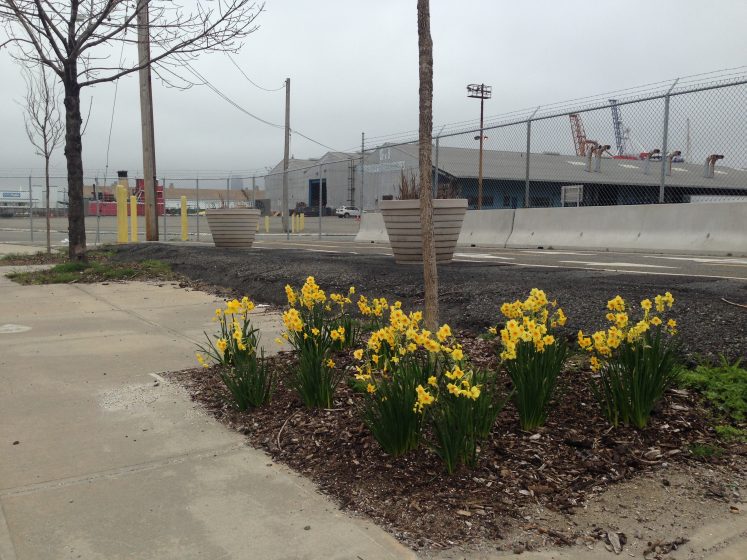
I certainly now see tree pits differently—I marvel at those who can create verdant 5 x 9 foot garden patches. I admire a well-crafted tree guard that can last through NYC winters. I want to learn the secrets from the winners of the Greenest Block in Brooklyn competition. I take pictures of everything from tomato plants and corn in mini-agricultural tree pits; to Midtown beds filled to the gills with manicured tulips, planted by building supers and Business Improvement Districts; to handmade tiny tree guards that look like the Brooklyn Bridge. I dream about tires, bathtubs, pickle barrels, boots, cinder blocks and many other forms of DIY container gardens that I see lovingly cared for on sidewalks and front yards. And I know that I *definitely* do not have a green thumb (yet).
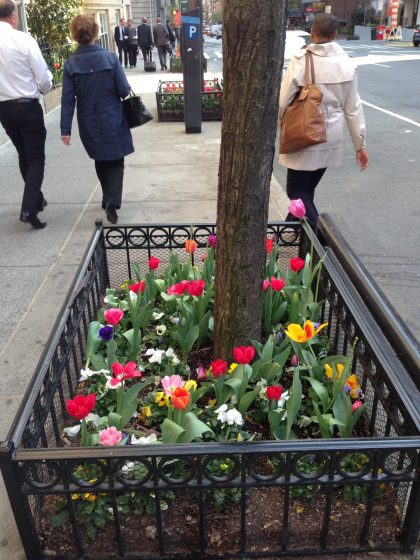
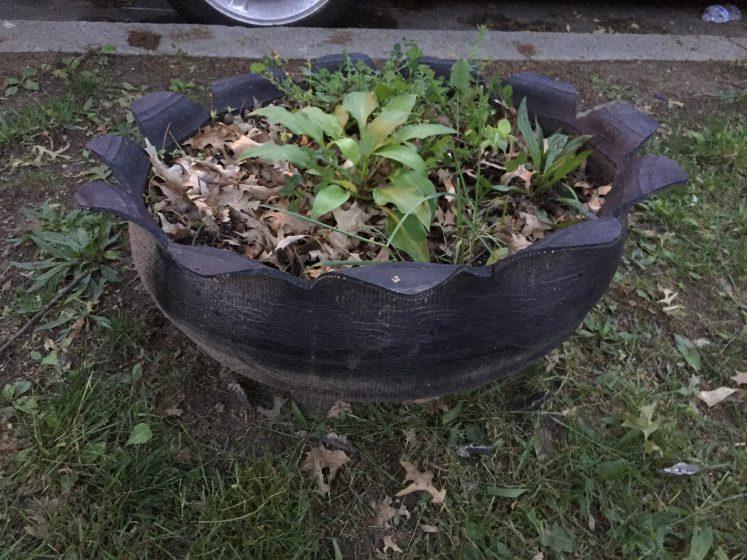
But how could I come to see my neighbors differently? Not as threats, but as allies, compatriots, and fellow travelers in the urban forest?
In 2015, I met Carmen Bouyer, an artist in residence at Pioneer Works, whose practice focuses on sustainability, dialogue, and urban landscape. It took a community garden on public housing in the Rockaways, where we both have worked on a project called Landscapes of Resilience, to bring me together with my neighbor, Carmen, who had been working just a few doors down. Carmen had led workshops at the site where I was doing research on community stewardship post-Hurricane Sandy out in the Rockaways, focused on creating signage and lighting, engaging residents in proclaiming their love, attachment, and pride in place for Beach 41st Street.
I learned that Carmen, a Parisian-Brooklynite, was organizing a series of local NYC “Cultures of Resilience” roundtables, timed to align with the COP21 Meeting in Paris, and talking about what we can do to practice sustainability and resilience every day at home. She also shared updates from the climate talks, conveyed through news reports and activist and artist friends back in Paris.
Carmen invited me over to Pioneer Works to tour her studio space and the rest of the artists’ studios and community spaces. While I had walked through gallery shows on the ground floor and relaxed in their lovely backyard, I had never walked up the stairs, despite the many open studios they held: until now. Now I began to see possibility: meeting rooms, gathering spaces, even a community radio station. My prior conceptions about a “hipster” art space began to shift.
Then, Carmen told me about plantings of native plants she had done along the Brooklyn waterfront and lightbulbs began to go off. I encouraged Carmen to see the trees just outside her door as an area for ecological engagement. Maybe if Carmen and I worked together, we could get Pioneer Works not only to care for its incredible, shire-like landscape inside its fence, but to turn its gaze outward onto its immediate street, where the young street trees on the still-industrial, heavily truck-trafficked route were struggling. Maybe they would even let us run a hose from their tap, so we wouldn’t have to carry 10 gallon buckets down from the fourth floor to water our trees in the summer.
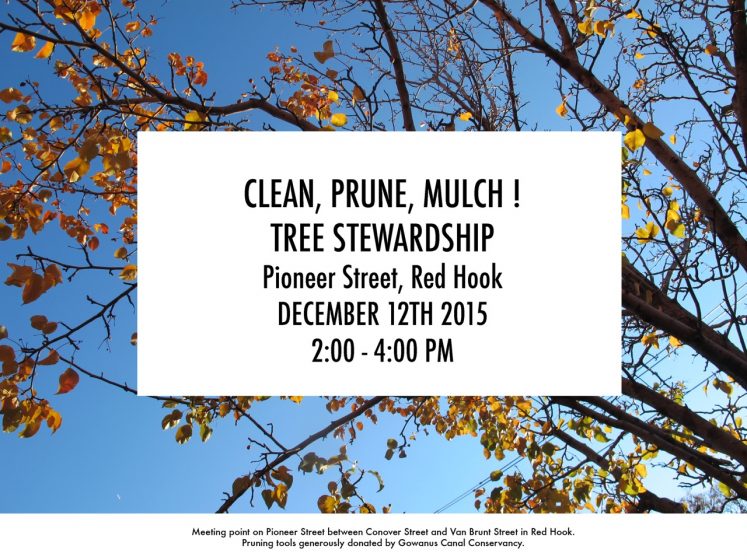
So, we decided to team up. I attended one of Carmen’s roundtables, and we worked together to organize a winter stewardship day on the block. We got mulch and bulbs from Gowanus Canal Conservancy, or GCC, and NYC Parks. Having a more established stewardship group from one neighborhood over lend us a hand with materials, knowledge, and human-power made our little stewardship day move from potential to possible. GCC brought a van filled with trowels, shovels, pole pruners, mulch, buckets, and hundreds of bulbs. They also brought stewardship expertise in the form of Bob Lesko and Leila Mougoui, GCC volunteer leaders, who showed us the ropes. Carmen and Bob were already certified as Citizen Pruners, so they gave some of the older trees a little spruce up. Several of our neighbors and roundtable attendees came out, but one of my favorite surprises was that cyclists along the Brooklyn Waterfront Greenway stopped to admire our work and even join in. This was unplanned, spontaneous, and perfect.
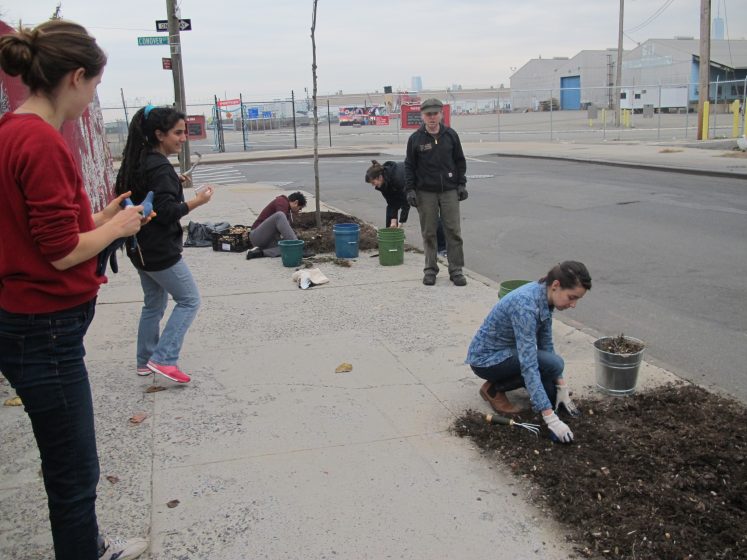
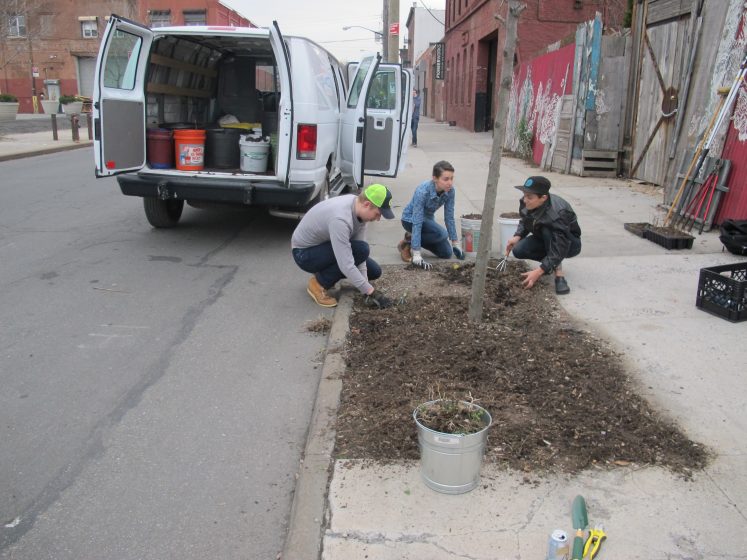
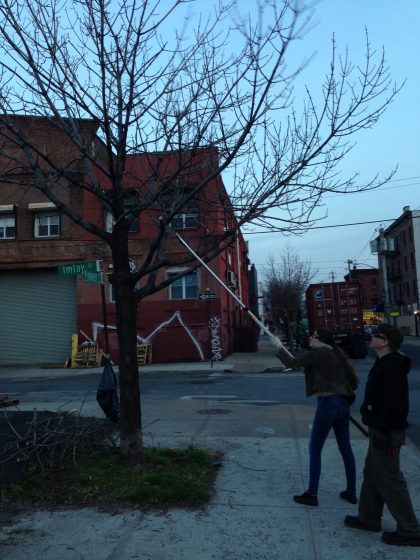
Our little two-block stretch is already a vital corridor, despite its hardscrabble looks. It is situated at a bend in the Greenway, with Pioneer Works on one end, and Bait and Tackle bar on the other. We are a small, two block connector between the commercial heart of our neighborhood (Van Brunt Street) and our waterfront spine (Imlay and Conover Streets). While many feet and wheels already traverse this social corridor, we are now envisioning it as an enhanced social-ecological corridor. I would love for our sweat equity (instead of a dollar donation) to earn us recognition as the official “adoptees” of the two block spur. Maybe someday we could even be mapped as a perpendicular offshoot/feeder to the greenway itself.
We are having our second Pioneer Street tree stewardship event this June, and hoping our momentum will gather. NYC Parks is coming to give us training as Super Stewards, which will enable us to apply for mini-grants and access free materials. GCC is coming back again with their grow van. We want to continue to mulch, prune, and water. And we want to get beyond just flowers to also include perennial shrubs and native grasses. We would love to have interstitial planter boxes among the trees, inspired by the work of GCC.
Suddenly I realize I’m using the word “we.”
Our informal group of friends and neighbors is becoming, slowly, a stewardship group. I say “hi” to new friends I met at the mulching day on the B61 bus. Marisa Prefer, one of our volunteers, now got a job as the head gardener for Pioneer Works, thanks to her talents as a farmer/gardener and introductions facilitated through Carmen. Carmen and I are plotting designs for signs and flags for all of our trees. I’m sending them both research articles about urban agriculture and urban forestry. We are conspiring, dreaming, and laughing. Suddenly, on a rainy day in April, I’m helping Marisa mulch trees in the Pioneer Works yard—and I realize that my desire to pull them out onto the street has simultaneously pulled me in to embrace this space. Next thing I know, I’m fantasizing about their yard as a potential wedding locale for me and my fiancé.
For the last decade or so, I’ve been researching and working to help visualize and understand stewardship as a part of environmental governance in cities through the Forest Service’s STEW-MAP project. Stewards help conserve, manage, monitor, educate about, or advocate for the environment (Svendsen and Campbell 2008). We’ve found that there are hundreds of civic stewardship groups citywide and in other cities across the country where we have replicated the study (Baltimore, Seattle, Chicago, Philadelphia, Los Angeles, and San Juan, PR). In New York City, about a third of the groups are like our Pioneer Street group—volunteer, emergent, unfunded—and half have no 501c3 status (STEW-MAP 2007; Fisher et al. 2012). At the same time, there are approximately a dozen professionalized, nonprofit umbrella groups that are playing a crucial brokering role, sharing information and resources between citywide public agencies and the local neighborhood grassroots (Connolly et al. 2013). These networked relationships present novel pathways for communication and shared action, and create a more flexible, adaptive approach to governance of the urban environment (Connolly et al. 2014).
Being a part of this progression from idea, to conversation between two people, to catalyzing a wider group of loose social ties, to networking with other organizations and institutions gives me a chance to study stewardship from within, to embody it.
As for the Pioneer Street stewards, we now have a vision of what is possible and we continue to transform our little corner of the world—ever so slightly. In so doing, I’ve realized that we also transform ourselves.
Lindsay Campbell
New York City
Works Cited


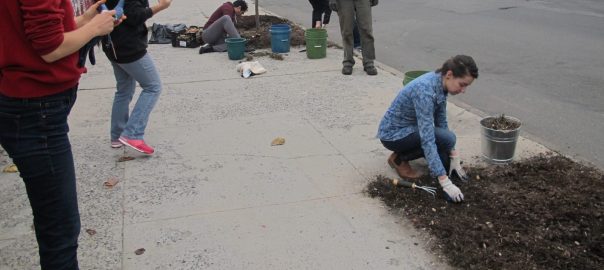
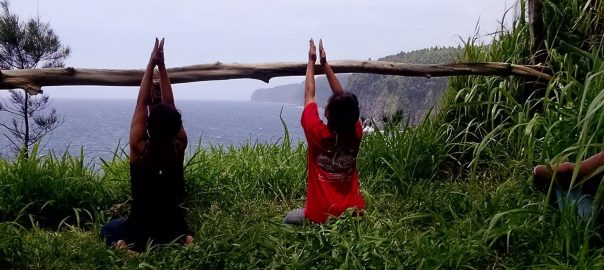
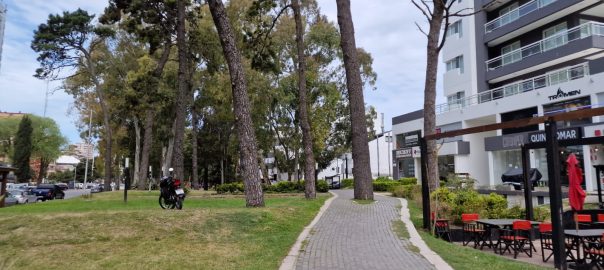
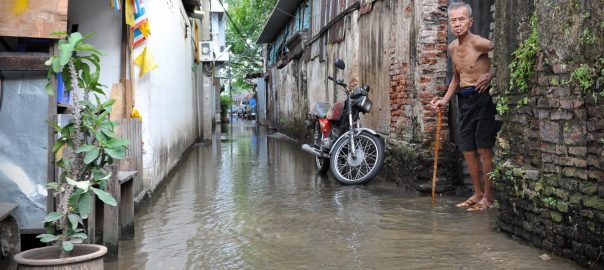
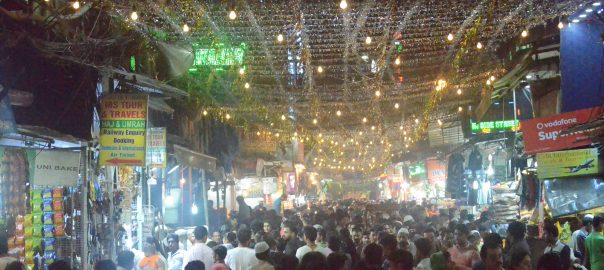
Leave a Reply